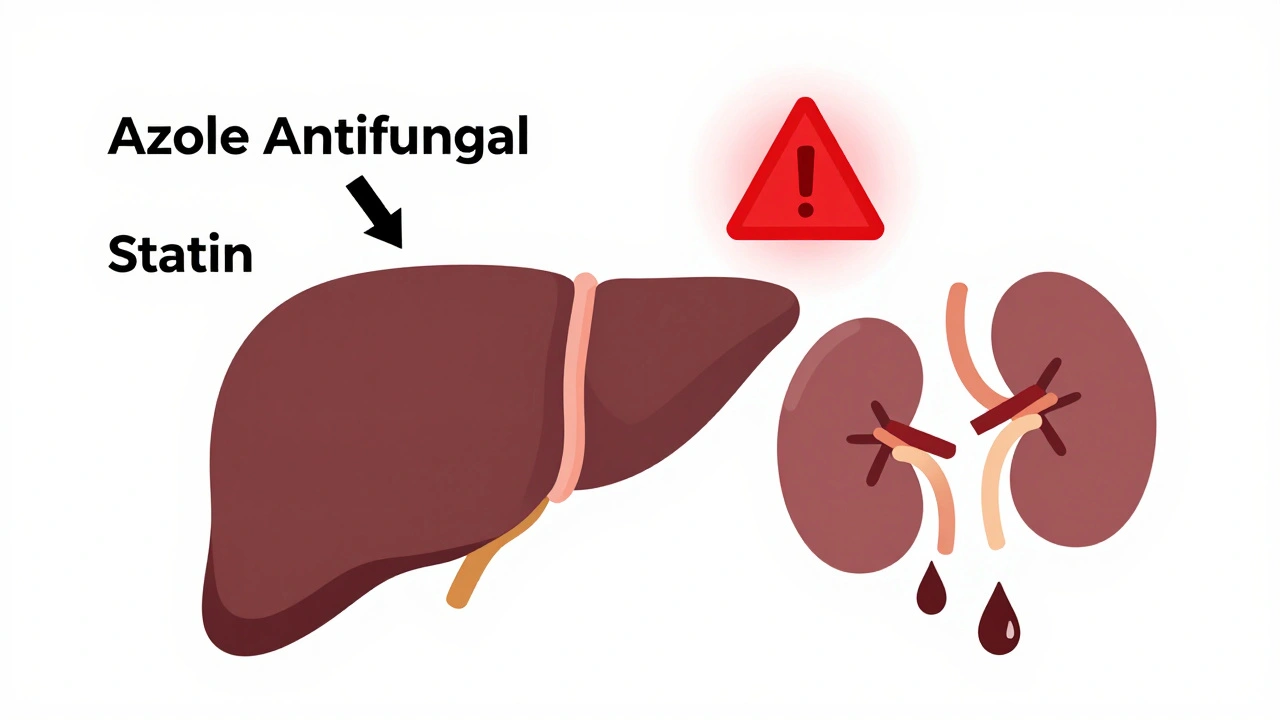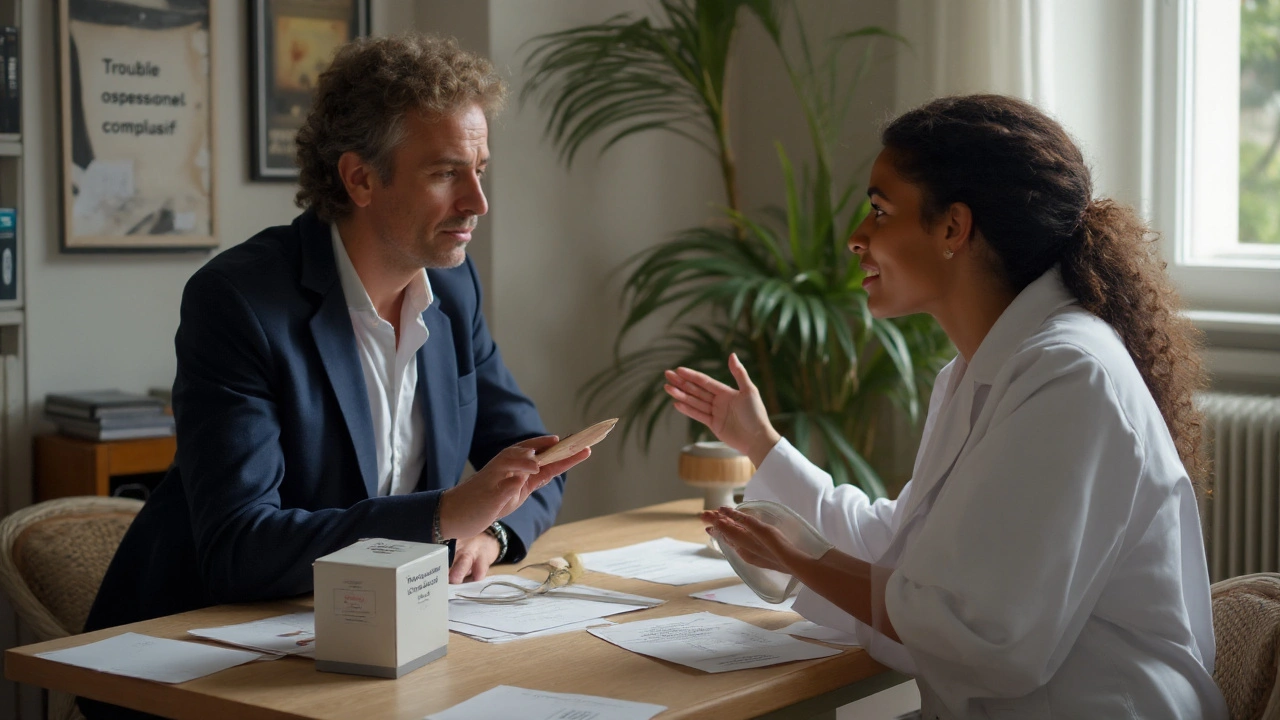Drug Interactions: What Every Man Needs to Know
Ever taken a new prescription and wondered if it will play nice with the meds you already use? You’re not alone. Men often juggle blood‑pressure pills, cholesterol drugs, testosterone therapy, and a few supplements. When these compounds meet, they can boost each other’s effect, cancel it out, or cause nasty side effects. Knowing the basics can save you a trip to the ER and keep you feeling on top of your game.
First off, a drug interaction happens any time two substances affect how the other works in your body. It doesn’t matter if the pair is a prescription, an over‑the‑counter (OTC) pill, or a herbal supplement. The chemistry inside you doesn’t see the difference. That’s why it’s crucial to treat every new product like a potential team player in a sports lineup – you want the right combos, not a clash of egos.
Types of Drug Interactions
There are three main categories you’ll hear about:
- Pharmacodynamic interactions – Two drugs act on the same body system. Think of a blood‑pressure blocker taken with a nitrate medication; both lower blood pressure, which can cause dizziness or fainting.
- Pharmacokinetic interactions – One drug changes how the other is absorbed, broken down, or eliminated. For example, certain antibiotics can raise the level of statins, increasing the risk of muscle pain.
- Food‑and‑supplement interactions – Garlic, ginkgo, or high‑dose fish oil can thin your blood, which may be dangerous if you’re already on a blood‑clot‑preventing drug like aspirin or warfarin.
These aren’t just academic terms. They explain why a doctor might warn you against mixing testosterone gel with blood‑thinners, or why a pharmacist will ask about your vitamin D supplement when you pick up a new heart‑med.
How to Manage and Prevent Problems
Here’s a quick play‑book you can follow:
- Make a master list. Write down every prescription, OTC drug, and supplement you take – even the occasional vitamin C tablet.
- Ask before you add. Before starting any new medication, check with your doctor or pharmacist. A simple “Will this clash with my blood‑pressure meds?” can prevent a lot of trouble.
- Use reliable apps. Apps like Medscape or Drugs.com let you type in names and instantly see interaction warnings. Keep one on your phone for quick checks.
- Read Labels. Look for warnings about “do not use with” or “avoid alcohol.” Even a brief note can be a lifesaver.
- Watch for symptoms. If you feel unusually weak, notice bruising, get a rash, or have sudden heart palpitations after adding a new product, stop it and call your doctor.
Remember, the goal isn’t to avoid all meds – it’s to use them safely. Men are more likely to self‑medicate with supplements, so double‑checking those combos is a smart habit.
Got questions about a specific combo? Browse our other articles – from “How to Buy Coversyl Safely” to “Boswellia Benefits and Risks” – they dive deeper into individual drugs and the best ways to use them. Stay informed, stay safe, and keep your health in the driver’s seat.

